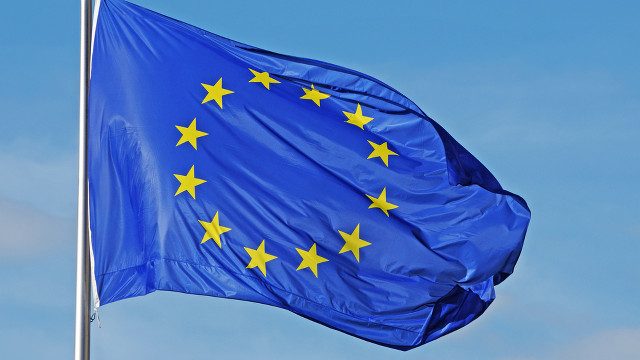SUMMARY
This is AI generated summarization, which may have errors. For context, always refer to the full article.

BRUSSELS, Belgium – The European Union on Friday, March 4, unveiled a “roadmap” to end border controls reintroduced by member states because of the migrant crisis and restore by year’s end the Schengen passport-free travel area.
Brussels called for the creation of an EU coastguard force by the summer, help for Greece to strengthen its external border, and to ensure the cooperation of Turkey in stemming the flow of migrants.
The plan was announced as figures showed that a record 1.25 million asylum seekers arrived in the EU in 2015, more than double the figure from the previous year. (READ: Europe’s 2016 migrant crisis in figures)
“Let me be crystal clear on the ultimate objective of today’s roadmap,” EU Migration Commissioner Dimitris Avramopoulos told a news conference.
“It is to move from unilateral decisions on reintroduction of border controls towards a coordinated approach, and to lift all internal border controls by the end of this year,” he said.
The 26-country Schengen area – allowing passport-free travel from Iceland to Greece – is under threat as eight countries have reintroduced border controls to stem the flow of migrants through the bloc.
Most migrants arrive in the Greek islands over the Aegean Sea from Turkey, but a majority then travel up through the Balkans to wealthy Germany.
The European Commission said that re-establishing border controls in the Schengen area could cost between 5 billion and 18 billion euros ($5.5 billion to 20 billion) a year – equivalent to 0.05% to 0.13% of the bloc’s economic output.
Turkey meeting ‘decisive’
The plan by the European Commission, the executive arm of the 28-nation union, sets out a timetable for Greece to fix “serious deficiencies” in control of its external border.
The roadmap also says the EU will set out a replacment for the Dublin rules, under which refugees must claim asylum from the first country they arrive in – currently most often Greece – and should be returned there if they move on somewhere else.
The Commission plan also calls for member states to stop the “wave through” of migrants to other countries.
An EU border and coastguard system that European leaders have agreed to create should be operational by September at the latest, the plan says.
Avramopoulos said an EU summit with Turkey in Brussels on Monday, which is aimed at pushing forward a deal with Ankara to stem the migrant flow, would be “decisive”.
The EU would also allocate a further 95 milllion euros in aid for refugees in Turkey, he said, the first part of three billion euros in assistance that Brussels has promised under the deal.
“Cooperation with Turkey and the summit on Monday are so crucial,” he said. “We need to see the flows from Turkey drastically down soon.”
But he refused to confirm a Financial Times report that the summit would seal a deal under which Turkey would agree to readmit all non-Syrian migrants landing on the Greek islands.
“The ones who are eligible for international protection will be granted it, the others will be returned,” said Avramopoulos, a former Greek defence minister.
The Eurostat statistics agency said that of the 1.25 million people who claimed asylum in the EU in 2015, Syrians seeking asylum from the civil war were the single largest group at nearly 363,000.
That was followed by 178,200 Afghans and 121,500 Iraqis. – Danny Kemp, AFP/Rappler.com
Add a comment
How does this make you feel?
There are no comments yet. Add your comment to start the conversation.